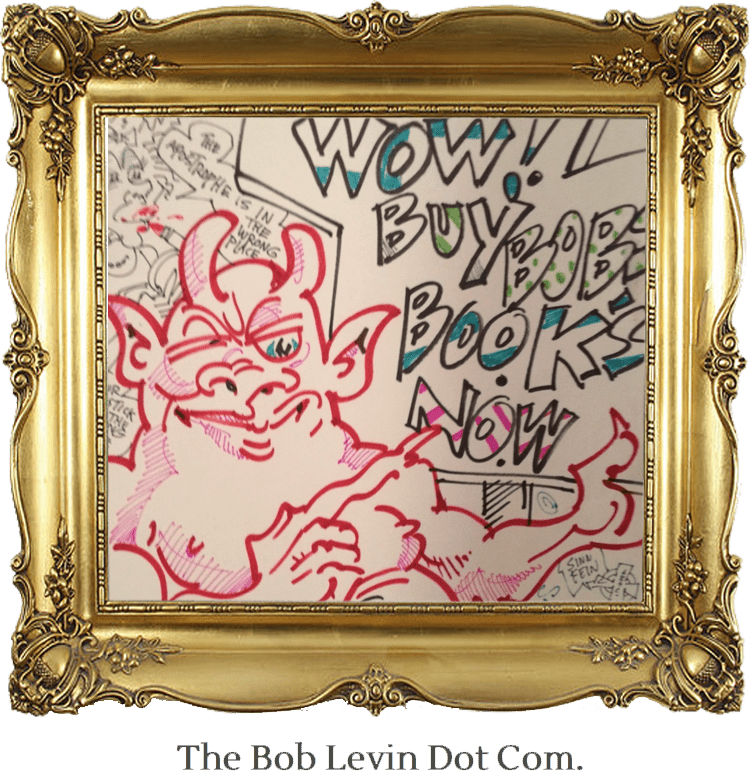In order of completion:
1. Alan Goldfein. “2035.” My friend Alan continues to be one of the most productive octogenarians around. This is his second novel to arrive at my table in the café in the last year. This is a dystopian view of a not too distant future. Alan has a lot on his mind.
2. Kit Robinson. “Tunes & Tens.” Another friend, Kit was once lumped in among the “language poets,” a term he dislikes. He is also a Latin jazz musician and his jazz-related poems, of which there are several in this collection, are, for me, the most accessible and, hence, admirable. Much of his others I can’t make sense of, but making sense may not matter to some readers, right?
3. Joan Didion. “Notes to John.” These are Didion’s recollections, visit by visit, of psychiatric sessions primarily addressing her relationship with her daughter Quintana. The ending is common knowledge. A terribly sad and painfully rendered business.
4. O. Schrauren. “Sunday.” Chris Ware’s NYRB review alerted me to this book. He also educated me in possibilities of the comic-art-form to which I’d been oblivious. The story is quirky. The art is sneaky. The effect is strong. An enthralling display of panel positioning and page composition, of character creation and experiments with time.
5. Peter Weiss. “The Aesthetics of Resistance,” vol. I. Highly touted by a semi-regular at the café. It is a first person narrative by an unnamed teenage Communist in 1930s Germany, which carries through the Spanish Civil War. Without chapters or dialogue, it was nearly unreadable until I found guidance in Wikipedia – and discovered a glossary at book’s end which explained who the characters were. The book’s thrust is the failure of Communists and Social Democrats to unite to effectively fight Fascism, intertwined with expositions on particular works of art.
6. Rick Atkinson. “Fate of the Day.” His second volume of the American Revolutionary War. I’ve previously stated what I like about Atkinson’s military histories, so I won’t repeat myself. Only one (not yet published) volume to go, but I think I’m in good shape for when the Ken Burns documentary series begins.
7. Peter Weiss. “The Aesthetics of Resistance,” vol. II. After the war’s end the narrator escapes to France and then to Sweden, an assumed identity. He continues his working for the Party while assisting the Soviets struggle against the Nazis. He becomes involved with Brecht, who is also an ex-pat there, and his theories on art. All heavy stuff. I was still managing only abut five pages a day but the going was easier.
8. R. Crumb. “Heroes of Blues, Jazz & Country.” This collects the trading cards Crumb did on these figures into one volume. A minimalist page of text is set beside Crumb’s portrait of each figure. (The texts on the country artists are the longest.) Each portrait, apparently based on a single photo of each individual, is raw and simple, yet Crumb captures an expression of individuality and character in them all.
9. Henrik Pontoppidan. “A Fortunate Man.” A friend recommended this. Pontoppidan, a Dane, won the Nobel Prize for literature in 1917. I did not care for it. I did not care for the protagonist and the pages reeked with anti-Semitism. Minor characters were well-crafted and the picture of the society was well done – but seemed ridiculous. Which is how, I expect – and hope – people 108 years from now will characterize ours.
10. Bruce Chrislip. “The Minicomix Revolution.” I learned a lot about a phenomenon and its practitioners I had barely considered. Significant thoughts about art arose. Take a sheet of paper; fold it in half, Fold it in half again, and you have a four-page comic. Swap them for other four-pagers or sell them for pennies or leave them on shelves or counters to be carried away. You are an artist. Wow!
